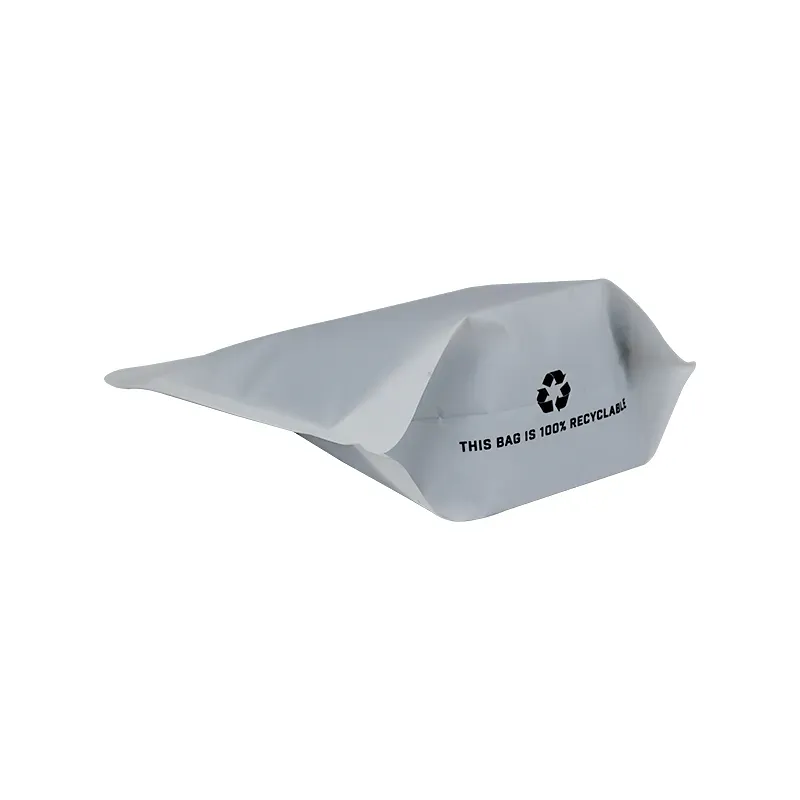- Afrikaans
- Albanian
- Amharic
- Arabic
- Armenian
- Azerbaijani
- Basque
- Belarusian
- Bengali
- Bosnian
- Bulgarian
- Catalan
- Cebuano
- chinese_simplified
- chinese_traditional
- Corsican
- Croatian
- Czech
- Danish
- Dutch
- English
- Esperanto
- Estonian
- Finnish
- French
- Frisian
- Galician
- Georgian
- German
- Greek
- Gujarati
- haitian_creole
- hausa
- hawaiian
- Hebrew
- Hindi
- Miao
- Hungarian
- Icelandic
- igbo
- Indonesian
- irish
- Italian
- Japanese
- Javanese
- Kannada
- kazakh
- Khmer
- Rwandese
- Korean
- Kurdish
- Kyrgyz
- Lao
- Latin
- Latvian
- Lithuanian
- Luxembourgish
- Macedonian
- Malgashi
- Malay
- Malayalam
- Maltese
- Maori
- Marathi
- Mongolian
- Myanmar
- Nepali
- Norwegian
- Norwegian
- Occitan
- Pashto
- Persian
- Polish
- Portuguese
- Punjabi
- Romanian
- Russian
- Samoan
- scottish-gaelic
- Serbian
- Sesotho
- Shona
- Sindhi
- Sinhala
- Slovak
- Slovenian
- Somali
- Spanish
- Sundanese
- Swahili
- Swedish
- Tagalog
- Tajik
- Tamil
- Tatar
- Telugu
- Thai
- Turkish
- Turkmen
- Ukrainian
- Urdu
- Uighur
- Uzbek
- Vietnamese
- Welsh
- Bantu
- Yiddish
- Yoruba
- Zulu
product packaging and design
The Importance of Product Packaging and Design A Comprehensive Exploration
In today's competitive market, product packaging and design are not merely afterthoughts; they are critical components of a successful marketing strategy. From the moment a consumer lays eyes on a product on the shelf, the packaging serves as the first point of interaction and can significantly influence purchasing decisions. This article delves into the importance of product packaging and design, exploring how they contribute to brand identity, consumer perception, and overall sales performance.
Creating Brand Identity
One of the primary roles of product packaging is to establish and communicate a brand's identity. The visual elements of packaging—including color, typography, and imagery—work synergistically to evoke certain feelings and perceptions among consumers. For example, luxury products often utilize minimalist designs with elegant fonts and high-quality materials to convey sophistication and exclusivity. In contrast, eco-friendly products may opt for simple and earthy designs using recycled materials to align with their sustainability message.
In addition, consistency in packaging design across different products strengthens brand recognition. When consumers can easily identify a brand based on its packaging, they are more likely to choose it over competitors, fostering loyalty and repeat purchases. A strong brand identity reflected through effective packaging can set a product apart in a crowded marketplace, making it memorable and desirable.
Influencing Consumer Perception
Packaging design goes beyond aesthetics; it plays a crucial role in shaping consumer perception and expectations regarding a product. Eye-catching packaging can attract customers' attention and encourage them to explore the product further. For instance, vibrant colors and dynamic designs can draw in a younger demographic, while muted tones might appeal to an older audience. Furthermore, packaging can convey important information about the product, such as its features, benefits, and usage instructions, helping consumers make informed choices.
Moreover, the tactile experience of a product's packaging can enhance consumer engagement. The feel of a package, including its weight, texture, and shape, can influence how a product is perceived. For example, a heavy glass bottle may suggest premium quality, while a lightweight plastic container might imply convenience. These sensory elements can create a lasting impression, reinforcing the brand's desired image.
product packaging and design

Encouraging Sustainability
In recent years, there has been a growing emphasis on sustainable packaging solutions. Consumers are increasingly aware of environmental issues and seek products that align with their values. As a result, brands are innovating packaging designs that minimize waste and utilize eco-friendly materials. This shift not only helps the planet but also appeals to a conscientious consumer base, enhancing brand loyalty and increasing sales.
Sustainable packaging can take various forms, from biodegradable materials to reusable containers. Brands that prioritize eco-friendly options often communicate their commitment to sustainability through their packaging design, tapping into the emotions of consumers who wish to make responsible choices. This alignment with consumer values can differentiate a brand in a marketplace that is becoming more environmentally conscious.
Enhancing Functionality and Usability
Another vital aspect of product packaging and design is functionality. Packaging must not only be visually appealing but also practical and convenient for consumers. Innovations in packaging design, such as resealable bags, easy-to-pour spouts, and portion-controlled packaging, cater to the needs of busy consumers. These features can enhance user experience and satisfaction, leading to positive product reviews and repeat purchases.
Moreover, functional packaging can minimize product waste and ensure that the product remains fresh for a longer duration. Brands that invest in functional packaging design can differentiate themselves by demonstrating consideration for the consumer's convenience and experience.
Conclusion
In conclusion, product packaging and design are fundamental elements of successful marketing and brand strategy. They serve to create brand identity, influence consumer perception, encourage sustainability, and enhance functionality. In a market where competition is fierce, brands that prioritize innovative and effective packaging design not only attract consumer attention but also foster loyalty and drive sales. As consumer expectations continue to evolve, the importance of thoughtful packaging design will only grow, making it essential for brands to stay ahead of the curve in their packaging strategies.













